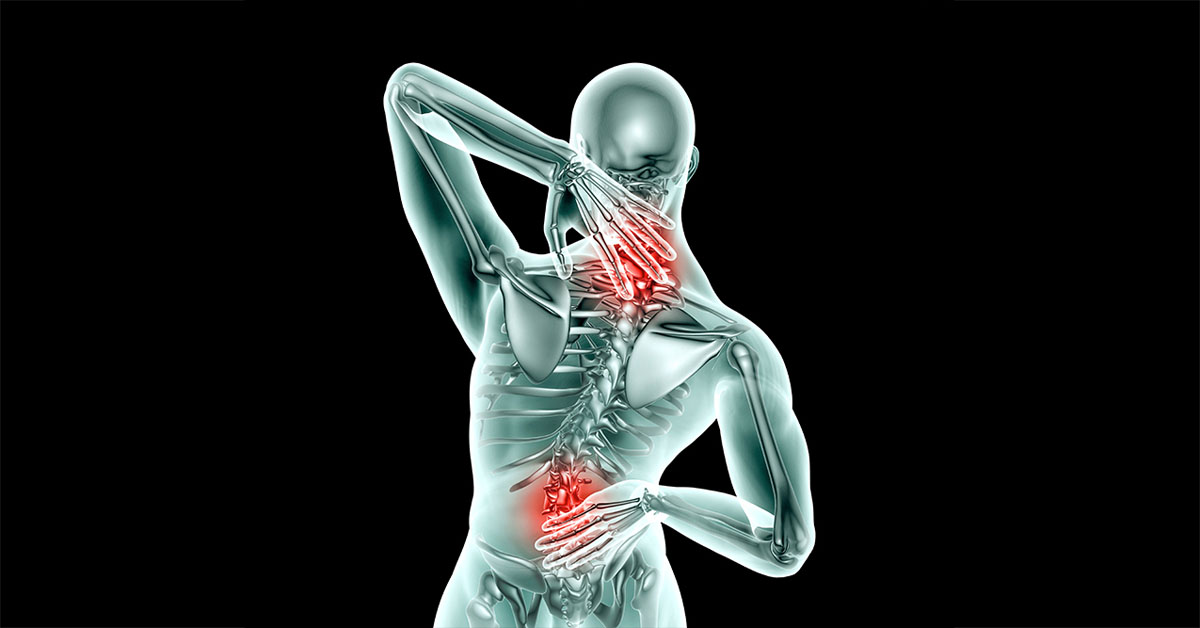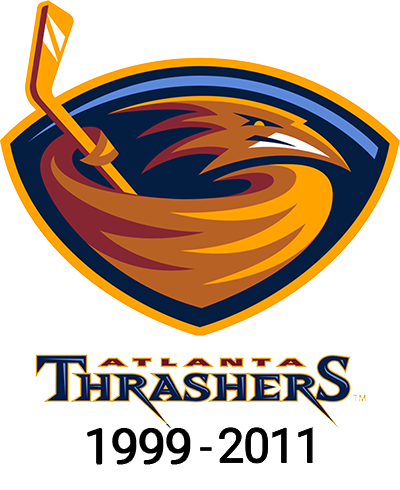
What is Idiopathic Adult Scoliosis?
Although scoliosis is often associated with childhood, it can occur in adults of any age. The term adult refers to patients who have completed their growth (i.e., they are skeletally mature). Adult scoliosis is distinctive in terms of the causes, treatment types and the goals of treatment.
Scoliosis is a musculoskeletal disorder that adversely affects the shape of the spine (backbone). A scoliotic spine (when viewed from behind) will not be straight and may instead look like the letter "C" or "S", due to the side-to-side (right-to-left) curvature.
Adult Idiopathic Scoliosis
Idiopathic scoliosis is a common type of adult scoliosis. Idiopathic simply means of unknown origin; therefore, idiopathic scoliosis means that the exact cause of scoliosis is not known (i.e., there is no clear cause). Adult idiopathic scoliosis may be the result of the progression (worsening) of childhood idiopathic scoliosis.
As individuals age, scoliosis may be due to multiple factors. For example, a patient may have idiopathic scoliosis and be stable for years then as degenerative changes occur in the spine, the scoliotic curve may begin to progress (or the rate of progression may increase). This is why scoliotic curves have a tendency to progress (get worse) with age.
Incidence Rate
The percentage of adults affected by idiopathic scoliosis is unknown. However, it is frequently reported that between 8-9% of adults (25-75 years of age) have scoliosis. An abnormal curvature of the spine can occur at any age but chances increase with age. Scoliosis affects women more than men. Regardless of the incidence rate, only a fraction of adult scoliosis patients develop abnormal curves large enough to require active treatment.
Adult Idiopathic Scoliosis Symptoms
Most individuals with adult idiopathic scoliosis will experience pain; in fact, it is typically discovered due to pain.
Potential signs and symptoms can include:
- Low back pain or backache
- Uneven hips and/or shoulders (one is higher than the other)
- One shoulder blade sticks out more than the other
- Appearance of a hump on the back
- Spine curves to one side
- Muscle fatigue
- Pain and numbness that shoots down the legs
How is Adult Scoliosis Diagnosed?
The following are used to evaluate patients for adult scoliosis:
Medical History and Physical Examination
This includes an interview with a doctor and a review of the patient's medical records. These are done in order to determine the presence any medical conditions that may be causing the scoliotic curvature.
Imaging Studies
Adult patients with abnormal spinal curves, unusual back pain, or signs of underlying medical conditions will need imaging studies. These may include X-rays, CT scans, or an MRI of the spine, as well as the pelvis and hips.
How is Adult Idiopathic Scoliosis Treated?
Many adult patients with mild idiopathic curves do not need treatment. However, they should be monitored on a regular basis. Adult scoliosis treatment involves both surgical and non-surgical options. Treatment focuses on pain reduction, functional improvement and correcting the abnormal curvature of the spine.
Treatment of adult scoliosis depends on:
- Severity of symptoms
- Severity of the scoliotic curve
- Patient's overall/general health
- Location of the curve
Observation
Observation may be the course of treatment for adults with smaller curves. Patients are monitored, re-examined regularly, and have X-rays taken approximately every 5 years.
Bracing
Bracing is not effective for preventing curve progression in adults. Even though their use is rare in skeletally mature patients, a brace may be worn to provide some pain relief. However, braces are often used after surgery.
Physical Therapy
Physical therapy is often used as part of an adult scoliosis treatment plan. The goal of physical therapy is strengthening (especially core strengthening), improving flexibility and symptom relief.
Pain Management Injections
Injections may provide temporary relief for persistent back and/or leg pain. There are several types of injections that can be done like epidurals, nerve blocks or facet injections.
Surgery
Sometimes non-surgical treatments fail to work or are not an option and, therefore, surgery is required. The goal of adult scoliosis surgery is to correct the curve as much as possible, stabilize the spine and reduce pain. Surgical treatment is frequently necessary if the curve increases or symptoms worsen.
The decision to surgically correct adult scoliosis is based on:
- Patient's symptoms
- Severity of the curve
- Patient's overall health status and age
- Rate at which the curve is progressing (getting worse)
Adult idiopathic scoliosis surgery often includes the implantation of hardware (screws and rods) and a spinal fusion. There are different ways to perform adult scoliosis surgery. Adult scoliosis surgery is riskier than scoliosis surgery in younger patients, the complication rate is higher and the recovery time longer. However, adult patients can experience significant functional improvement with surgery.




